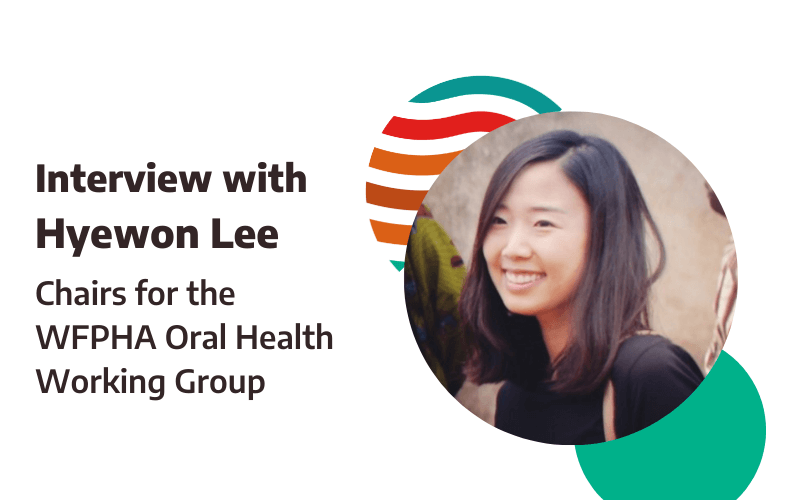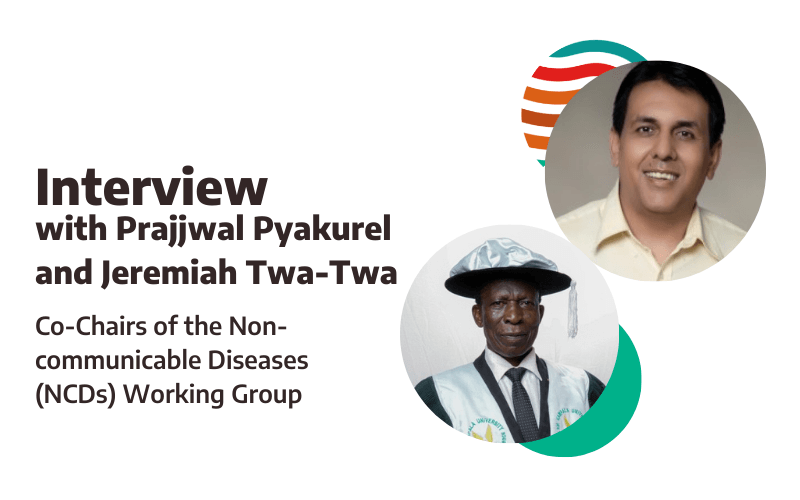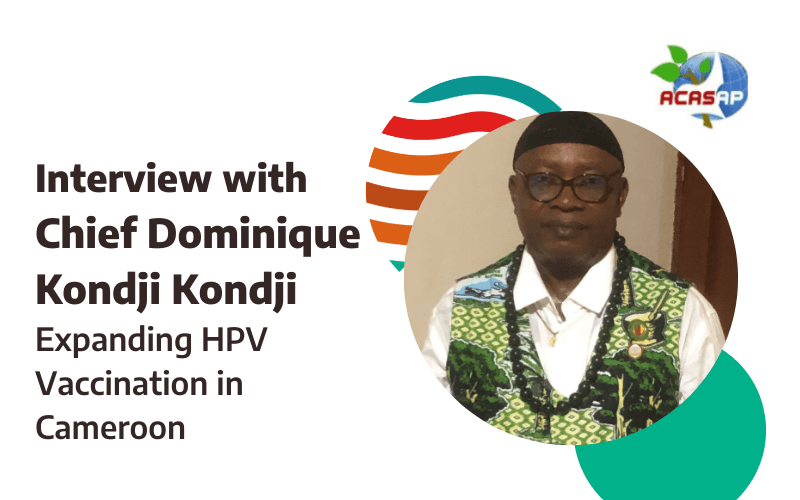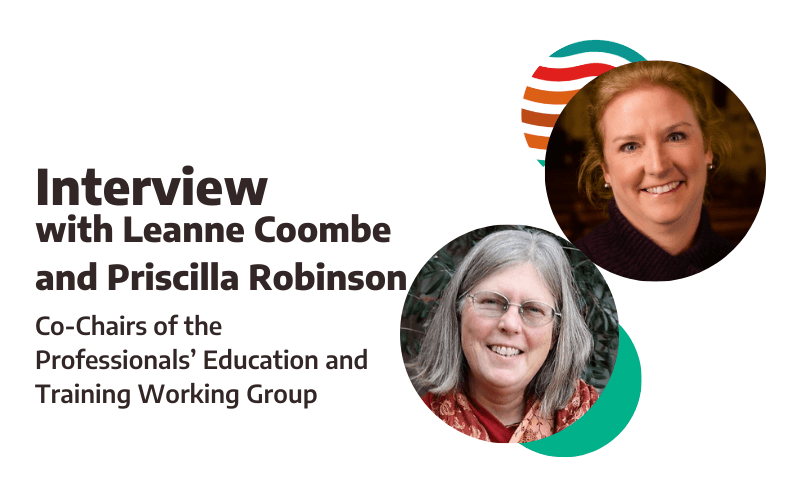
Oral Health Working Group Chair Interview: Hyewon

Oral Health Working Group Chair Interview: Dr. Hyewon Lee
News
Oct 23, 2024
Oral health is a crucial component of public health, affecting overall well-being and quality of life. Poor oral health can lead to significant health issues, including cardiovascular diseases, diabetes, and respiratory infections. Ensuring good oral health practices and integrating them into broader public health strategies is essential for promoting health equity and preventing diseases.
In this interview, we speak with Hyewon Lee, Chair of the Oral Health Working Group for the World Federation of Public Health Associations (WFPHA), to gain insights into her career, the activities of her working group, and the importance of oral health in the public health sector.
Please introduce yourself.
Hyewon Lee: My name is Hyewon Lee. I’m the chair of the Oral Health Working Group of the World Federation of Public Health Associations and a pediatric dentist.
What motivated you to pursue a career in the public health sector
Hyewon Lee: As a pediatric dentist, I often see young patients with severe dental caries who require dental treatment under general anesthesia. A prevention-centered care approach is crucial to alleviating families’ financial burden and emotional stress. This led me to focus on early prevention, starting with pregnant women. About 12 years ago, I worked on the U.S. national guideline for pregnant women’s oral health, which sparked my interest in public health and preventive care.
How long have you been associated with the World Federation of Public Health Associations?
Hyewon Lee: This year marks my 13th year with the WFPHA. I joined in 2012 as an intern, progressed to vice chair, and now serve as chair. I’ve really grown with the Public Health Association throughout my career.
Could you elaborate on your working group’s current activities and share your vision and plans for the future?
Hyewon Lee: Our working group is unique because we collaborate extensively with other groups, such as the Tobacco Control, the Women, Children, and Youth Health, Non-Communicable Diseases, and Young Working Groups, to advance our shared health agendas. We’ve worked on several policy resolutions endorsed by the General Council of the WFPHA and published articles highlighting oral health in primary healthcare and beyond, including the WFPHA Maternal and Child Oral Health Initiative.
How do the working group’s activities align with the Association’s strategic plan?
Hyewon Lee: About ten years ago, I was involved in rolling out the Global Charter, which emphasizes promoting health, preventing diseases, and amplifying the voices of people and health professionals. The Oral Health Workgroup focuses on prevention and promotion rather than just treatment, which aligns with the core values of the WFPHA. We also catalyze insights and collaborations among our diverse group of 30 members across 17 countries.
How has being part of the Association and its network enhanced your working group’s activities and expanded its reach?
Hyewon Lee: One of our significant achievements is the WFPHA Maternal and Child Oral Health Initiative, launched in 2023 during the World Congress on Public Health. This initiative, developed in collaboration with various international and national organizations, aims to integrate oral health into antenatal and primary healthcare. Endorsed by over 50 international and national entities, including ministries of health and health professional organizations, it aims to expand our collaboration and highlight oral health in maternal and child healthcare systems.
How has being part of the Federation enhanced your group’s ability to advocate for dental public health globally?
Hyewon Lee: We recently conducted a global oral health workforce survey to identify the primary oral health workforce’s challenges. Our findings shared at the International Federation of Dental Hygiene Associations Conference emphasized the need for a broader definition of the primary oral health workforce. We are also in the process of highlighting various school-based oral healthcare models in the form of a casebook later this year, and we have published an editorial in the Journal of School Health. We envision that oral health is integrated into the health sector and, beyond that, in education and other fields so that oral health becomes an integral part of people’s lives.
How does your working group plan to engage communities in oral health initiatives?
Hyewon Lee: Engaging communities depends on how we define them. We have reached out to public health professionals in the past. To truly measure our impact, we need to involve community members, especially caretakers, as integral parts of the primary healthcare systems. We plan to include more youth and junior members in our working group, as their perspectives and innovative ideas can revitalize our efforts. For example, we’re proposing a networking event, collaborating with other public health organizations during the UN General Assembly Meeting later this year to discuss current oral health challenges and innovative solutions in the view of future oral health professionals.
What unique opportunities has your group gained from the Federation network and resources?
Hyewon Lee: Being part of the WFPHA allows us to collaborate with other work groups and integrate oral health into broader health discussions. We’re currently teaming up with the Non-Communicable Diseases (NCD) Prevention Working Group to develop a podcast series on the link between oral health and NCDs. This collaboration, made possible by the nurturing environment of the WFPHA, helps us promote oral health as an essential component of overall health and well-being.
The work of Hyewon Lee and the Oral Health Work Group highlights the critical role of oral health in public health. They are making significant strides in integrating oral health into broader health strategies through collaboration, innovative models, and community engagement. Their efforts underscore the importance of preventive care and the need for a comprehensive approach to health that includes oral health as a fundamental component.
Working group members:
Abiola Adeniyi (Vice-chair), Assistant Professor, Fairleigh Dickinson University Vancouver, Canada.
Aarthi Shanmugavel BDS, MPH, Manager, PhD Candidate, American Dental Association, USA.
Cleopatra Matanhire-Zihanzu BDS, MPH, PhD Candidate, University of Zimbabwe Department of Oral Health, Zimbabwe.
Dorjan Hysi DDS, MsC, PhD, Associate Professor, University of Medicine Tirana, Faculty of Dental Medicine, Albania.
Gloria Ha Young Ahn DDS, Intern, WFPHA, USA.
Hyewon Lee (Chair) DrPH, DMD, Director, the Seoul National University Global Maternal and Child Oral Health Center, South Korea.
Irene Adyatmaka DDS, PhD, Senior Lecturer, the Maranatha Christian University, Faculty of Dentistry, Indonesia.
Woo Jung Yang, DDS, Endodontist, Seoul Leaders Dental Clinic, South Korea.
Jemima Khabiso Ramphoma BChD, MChD Dental Public Health, Senior Lecturer, the University of the Western Cape, Department of Community Dentistry, South Africa.
Kenneth Eaton, MSc, PhD, Chair of the Platform for Better Oral Health in Europe, The Council of European Chief Dental Officers, UK.
Kiran P. Nagdeo (Vice-chair) BDS, MPH, PhD Candidate, Department of Epidemiology, NYU School of Global Public Health, USA.
Leonie Short, MHP, Director, Seniors Dental Care, Australia, Australia.
Lynn Bethel Short, RDH, MHP, Communications Director, American Fluoridation Institute, USA.
Myron Allukian Jr., DDS, MPH, Former APHA President, American Public Health Association, USA.
Pascaline Kengne Talla, PhD, Professor, McGill University, Canada.
Puneet Gupta, MDS, Associate Professor, the Government College of Dentistry, Indore, India.
Rachel Martin, BDSc, MPH, Director, the Network for the Integration of Oral Health, Australia.
Rahimah Abdul-Kadir, DrPH, DDS, Professor, the University Malaya Center for Addiction Sciences, Malaysia.
Ramprasad Vasthare, MDS, FAIMER fellow, Professor, the Manipal College of Dental Sciences, Manipal, India.
Seema Lal-Kumar, BDS, MSc Paed, Dental Specialist, Te Marae Ora, Ministry of Health, Cook Islands.
Sonia Groisman, PhD, Post PhD, DNA Lab Diagnosis, State University of Rio de Janeiro, Brazil.
Valerie Wordley, BDS, MPH, Clinical Advisor, NHS England, United Kingdom.
Vyhari Chandrasorupan, MPH, Intern, WFPHA, Australia.





Recent Comments